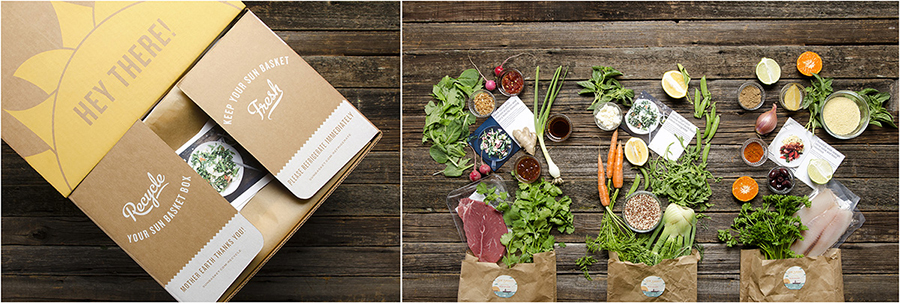Extending Good Deals Throughout the Year
Home canning is a good way to extend your purchased groceries for a longer period of time. Since I love canning and think that it’s easy and anyone can do it, I want to share with you some of my recommendations for canning products. You can find them at the bottom of this post.
This post contains affiliate advertisement links to 3rd party sites.

For hundreds of years homemakers have used the process of canning to preserve food. For many canning is as much a part of life as is eating. Especially if they also garden. Canning allows cooks to extend foods that are gotten for free or low prices for a longer period of time. Having home-canned foods on hand helps me to be flexible in making my family meals.
At the same time many people are afraid to can. There are many reasons for this. Maybe it’s a fear of proper technique, or a fear of messing up, or a fear of the unknown. But canning isn’t as hard as it may seem.
I use canning to fill in my pantry, preserve the freshness of summer and save money by not having to buy items that I am able to can. I also am not a gardener. I have grown some tomatoes in the past, and growing up my parents always had a kitchen garden, but I’ve yet to dive in a plant my own complete garden. So perhaps you are wondering where I get my goods.
You can get goods at the local farmers market, or even from your grocery store. If you find a good price on berries, buy lot’s and make some jam. If you see local corn on sale, get a couple of dozen. The key is thinking long-term instead of short-term. Ask yourself, how can I utilize this deal for the long-term benefit of my family. This rule applies whether you plan to can or freeze.
Buy discounted fresh produce at the grocer and then take home and can. I got apples recently for 0.99 for about 3 lbs. Generally those same apples run $3.99 PER pound. So that’s a big savings.
Three Reasons Why I Love Canning
- Home canned products are preserved at the peak of freshness, making for delicious foods all year long.
- Saves money at the grocery store by filling your pantry with canned goods made with your own hands.
- Brings satisfaction to my heart when my hard work produces fruitfulness by filling the pantry while providing for my family.
Are you new to canning? Grab this essential canning gear for your kitchen.
Canning Basics
Equipment
Generally a large tall pot used for preserving high acidic foods.
Used for low acidic foods such as vegetables and meats. For instructions on pressure canning see your manufacturers guidebook. Each pressure canner is different.
- Canning Jars
- Lids
- Rings remember rings can be used again and again.
- Quality Canning Recipe Guide: I suggest Better Homes & Garden’s New Cookbook. It’s the one I use in my kitchen.
- Additional equipment
- Large Colander
- Large heavy pot, such as a Dutch Oven
- Large Mixing Bowls
- Pot holders
- Canning Labels
- Kitchen Towels
- Canning Funnel
- Canning Tongs

Canning Methods
- Cold-Pack
Also known as raw-pack. Uncooked foods are placed in jars and covered with boiling liquid, water, syrup or juice.
- Hot-Pack
Food is par-cooked then placed in jars and covered with liquid; water, syrup or juice. Some foods, such as tomatoes, make their own juice and additional juice isn’t necessary.
What to Do
- Clean Jars
Wash jars with hot soapy water. Sanitize jars by pouring hot boiling water over the jars. (If you have a sanitizer setting on your dishwasher you can use that.) Set the jars on a towel. - Sanitize Lids
In a small pan boil water, place lids in the boiling water and boil for a few minutes. - Pack food into jars. Pour liquid over food leaving 1/2 inch head space.
- Gently tap the jars releasing air bubbles.
- For vegetables and meats add 1/2 tsp. salt and 1/2 tsp. sugar.
- Wipe the rims of jars with a soft moist cloth.
- Run finger over the rim feeling carefully for damage or bits of dried food.
- Add lid and ring, tighten ring by hand until secure.
- Place jars in canner.
- Process based upon the canner instructions. (I’ll give basic instructions below for water canning, pressure canning varies based upon the manufacturer of the canner.)
- Once processed, remove the jars from the water, set on soft towel. Leave lid on until the cans seal. This generally happens as the jar cools down. You will hear a “pop” as the pressure creates a vacuum seal.
**Tip: Turn jars upside down on the towel to aid in the sealing process.
Boiling-Water Canning
Used to process fruits, tomatoes, pickles, jams and jellies. Using a large deep pot and a rack or basket to hold the jars. Any large pot will work if you can cover jars with at least one inch of water and you can bring to a boil safely without spill over.
Start with a pot 1/2 full of water, bring to a boil. In a separate pan bring additional water to a boil. Add jars, if necessary add enough water to cover jars. Boil water times based upon recipe suggestions, if needed add more water to keep the jars covered.

For more information about preserving foods to use at a later time, see Freezing for Keeping.
Preserving, canning and keeping foods is one of the best ways to maintain a well stocked kitchen pantry and freezer. Witha bit of hard work you can provide meals for your family for months to come.

Want a Vintage Look? Try these Vintage Canning Items
>>>Get Fall Entertaining and Decor Ideas<<<
My 10 Days of Meal Planning series is a part of the iHomeschool Network Autumn Hopscotch. It’s your turn, hop on over to see what my friends are blogging about.




